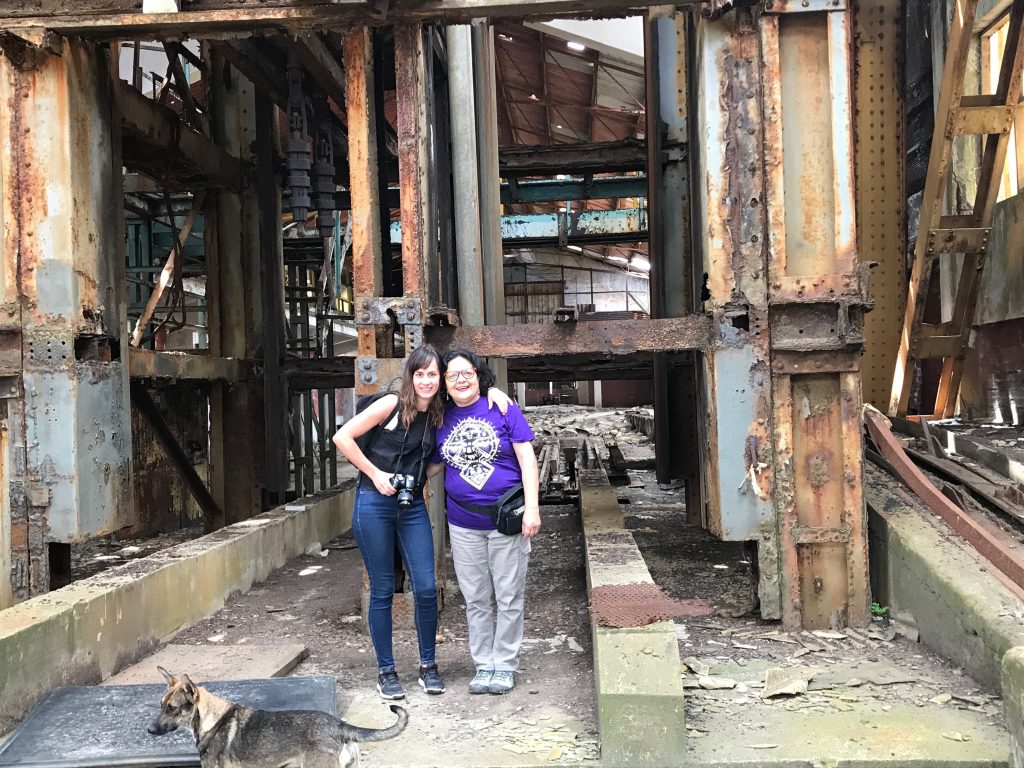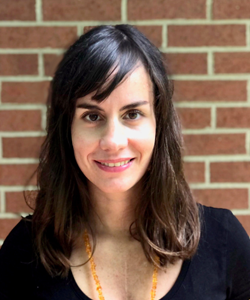Magdalena Novoa E. (Department of Urban & Regional Planning) is a 2021 HRI Summer Faculty Research Fellow. Novoa used the summer fellowship to collaborate with the Agrupación de Familiares de Detenidos Desaparecidos de Mulchén (Association of Relatives of Detained and Dissappeared of Mulchen) in the Region of Araucanía in southern Chile, as well as local institutions and communities to conduct preliminary research to design, manage, and construct, a memory site and documentation center in the Malleco National Forest reserve.
Learn more about HRI’s Summer Faculty Research Fellowships, which are designed to help faculty at the University of Illinois Urbana-Champaign maximize the summer for research in service of their ongoing professional development.

What is unique about your research on this topic?
As a community-engaged scholar in the field of heritage preservation and planning, I am driven by the challenge of creating places and histories that are just and inclusive for all people. A central aspect of my research is engaging communities through what I call “situated methods,” which refers to collaborative research agendas grounded on local cultural and traditional practices and knowledges. According to Latin American feminists and decolonial scholars, situated knowledges produce ontological conditions to imagine feminist ethics and politics that allow us to be more aware, critical, and reflective about the power dynamics implicit in knowledge production processes.
Inspired by this scholarship, I aim to challenge the image of the Western researcher as the only one holding power in the research process and shed light on the agency of research subjects in creating the relationship that comes out of conducting fieldwork. I seek to produce data that arise from the collaboration with the groups I work with and their situated practices.

One of my current research projects, “Wounded Landscapes: race, gender, and grassroots preservation in Wallmapu,” involves three women-led, grassroots organizations in Chile investigating the use of memory and heritage as an activist tool to challenge the violence and disruptions caused by extractive industries, deindustrialization, and political repression in Mapuche land. We use history, memory, and traditional local crafts and arts to contest erasures, assert marginalized histories and identities, and communities’ efforts to repair and heal. Situated methods differ from traditional participatory approaches by making academic endeavors more relevant to the communities we engage.
These methods generate validated and co-produced knowledge in languages accessible and relevant to multiple audiences and in line with local ways of being and knowing. In addition, it allows to establish deeper relationships and create research processes that are more appropriate to the territories in which the research takes place, opening the possibility of linking academic research with activism and at the service of grassroots organizations.

What drives your interest in this research?
My work draws from my twelve years of experience as a community development professional leading participatory planning and preservation processes in different international contexts before entering academia. Therefore, one of the central drivers of my research is to bridge the academy with community practice to help making their narratives and actions more visible in policy, practice, and scholarship.
Before Covid-19 hit, I co-organized a participatory mapping workshop with women from an ex-coal mining town in Southern Chile. Using arpillera urbana, a local radical feminist textile technique of storytelling and protest, we created a 16-foot-long textile that tells the urban history of their town from a female perspective. The arpillera, Memories of the Lotina Women , has helped them influence decision-making concerning planning and preservation in their city – making visible how official heritage narratives have concealed women’s experiences of place. In this context, the most fulfilling aspect of my scholarship is using the arts and the humanities to visibilize the voices of marginalized groups in planning and preservation, serving to bring new perspectives to their struggles.

